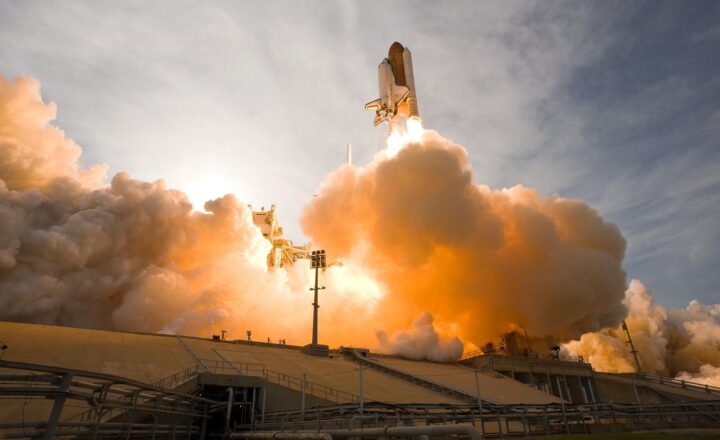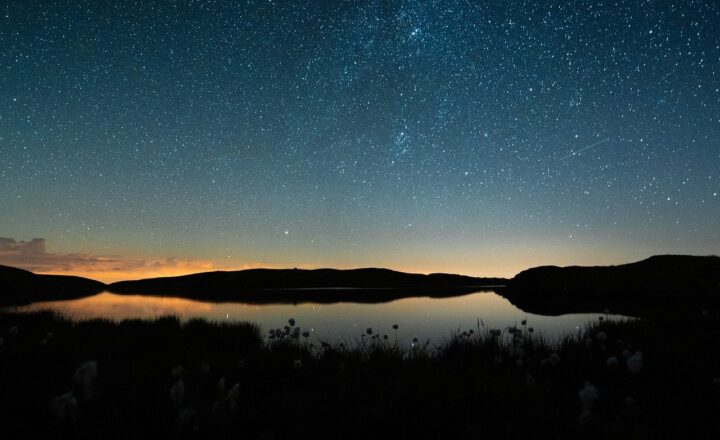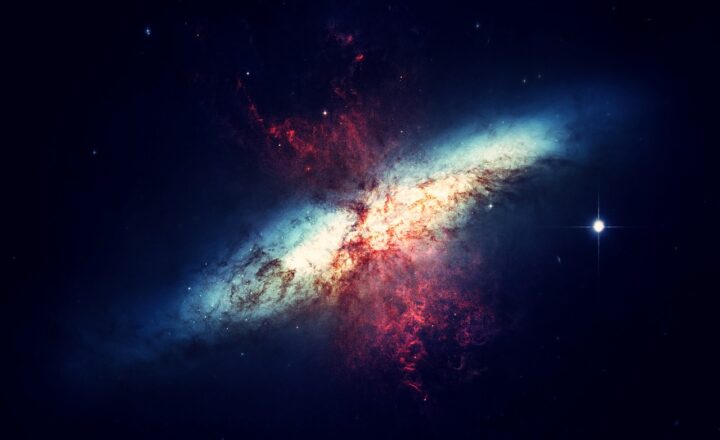Why the Hubble Telescope’s Discoveries Matter for Our Understanding of Space
November 13, 2024

The Hubble Space Telescope, launched in 1990, has revolutionized our understanding of the universe with its breathtaking images and groundbreaking discoveries. Over the years, it has become an essential tool for astronomers worldwide, revealing insights into the cosmos that were once beyond our grasp. This article delves into why Hubble’s discoveries are significant, the technology behind the telescope, and how its findings have enhanced our knowledge of the universe.
1. The Evolution of the Hubble Space Telescope
The Hubble Space Telescope was developed to overcome limitations posed by Earth’s atmosphere. Ground-based telescopes struggle with atmospheric distortions, blurring celestial images. By placing Hubble in low Earth orbit, scientists could achieve clearer and more detailed observations.
Hubble’s design is a reflecting telescope that utilizes a 2.4-meter primary mirror. This mirror magnifies the light from distant celestial bodies, allowing astronomers to capture stunning images across various wavelengths, including ultraviolet, visible, and infrared light.
Hubble has undergone multiple servicing missions, each enhancing its capabilities and extending its operational life. With every upgrade, the telescope has kept pace with advancements in technology, making it a versatile instrument for various astronomical studies.
2. Key Discoveries Made by Hubble
Over its decades of operation, Hubble has immensely contributed to various fields of astronomy. Here are some of its most vital discoveries:
– Expansion of the Universe: One of Hubble’s groundbreaking findings was the discovery that the universe is expanding at an accelerating rate. Observations of distant supernovae revealed that not only is the universe expanding, but that the rate of expansion has increased, leading to the concept of dark energy.
– Deep Field Observations: Hubble’s Deep Field images, taken by focusing on a small area of the sky for an extended period, have revealed thousands of galaxies, including some of the most distant ever observed. These observations provide insight into the formation of galaxies and the early universe.
– Exoplanets Discovery: While Hubble has not directly imaged many exoplanets, its observations have contributed significantly to the field. The telescope has detected signatures of exoplanet atmospheres and contributed to measuring their distances, sizes, and compositions.
– Galaxies and Black Holes: Hubble has provided evidence of the existence of supermassive black holes at the centers of galaxies, highlighting their role in galaxy formation and evolution. Its images of galaxy collisions and interactions have offered insights into how galaxies evolve over time.
3. The Impact of Hubble on Science and Society
Hubble’s contributions go beyond mere discoveries; they have profoundly impacted science and society. Here’s how:
– Advancing Astronomy: Hubble has transformed how astronomers view the cosmos. By providing precise measurements and stunning images, it has inspired new theories about the universe, including multiverse theories and the nature of dark matter.
– Public Engagement: Hubble’s breathtaking images have captured the public’s imagination, fostering a greater interest in space exploration. The telescope’s findings have been crucial in promoting scientific literacy and curiosity across generations, appealing to both educational institutions and enthusiasts.
– Technological Advancements: The technologies developed for Hubble, such as precise imaging and data analysis software, have trickled down into other scientific fields, including medicine and Earth observation. The innovation spurred by Hubble has led to numerous advancements in industries beyond astronomy.
4. The Future of Hubble and Upcoming Missions
The legacy of Hubble continues to guide upcoming missions. The launch of the James Webb Space Telescope (JWST) in 2021 positioned it as Hubble’s successor, designed to explore deeper into space and observe the universe in more detail. However, Hubble will continue to function alongside JWST, providing complementary data and insights.
The collaborative data from Hubble and JWST is expected to revolutionize our understanding of the early universe, galaxy formation, and exoplanet atmospheres. Together, these missions symbolize humanity’s unrelenting curiosity and quest for knowledge about our place in the cosmos.
5. Conclusion: The Unending Quest for Knowledge
The Hubble Space Telescope has redefined our understanding of the universe, unveiling secrets about galaxies, stars, and the fundamental structure of space itself. From establishing the existence of dark energy to revealing stunning visuals of cosmic phenomena, Hubble’s contributions are monumental.
As we continue to explore the universe with Hubble and future missions like JWST, one thing remains clear: our understanding of space is a continually evolving journey. Each discovery opens new questions and possibilities, reminding us of the vastness and complexity of the universe we inhabit.
As we gaze into the cosmos, powered by curiosity, Hubble’s legacy will undoubtedly guide us toward uncovering even greater mysteries that lie beyond the stars.







